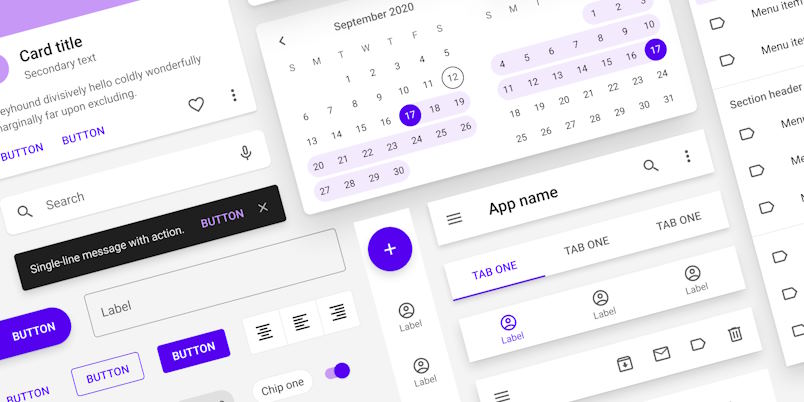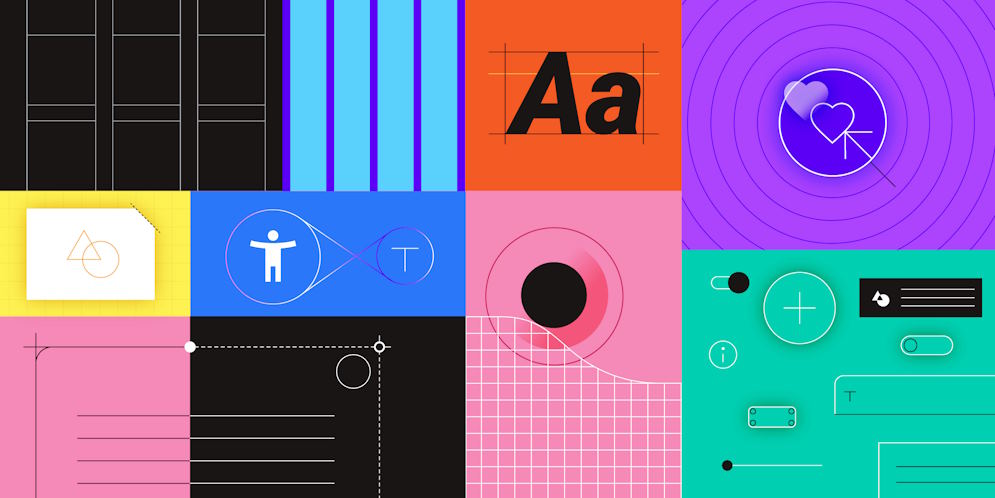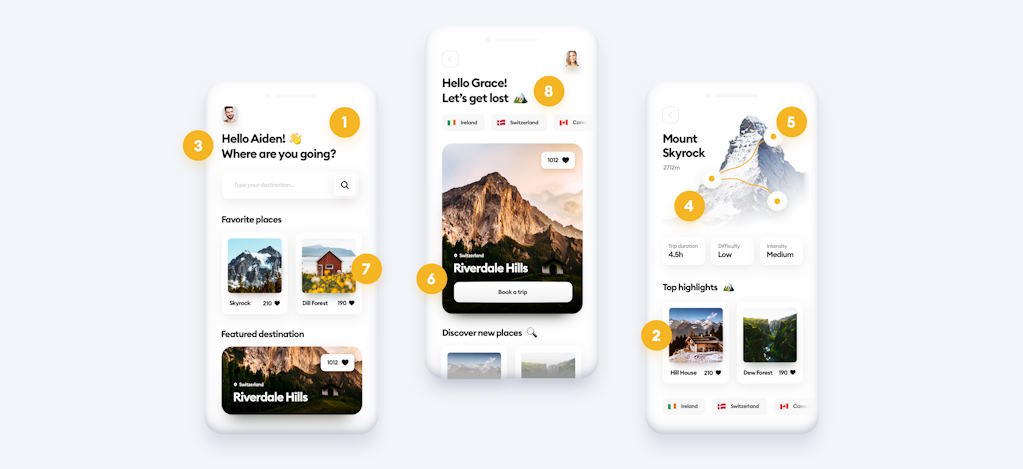The Impact of Material Design on Digital Interfaces

The realm of digital interfaces has become an integral part of our daily lives, from mobile apps to web platforms and beyond. With the proliferation of smartphones, tablets, and wearables, the demand for seamless and user-friendly interfaces has never been greater. Material Design emerged as a response to this demand, offering a comprehensive framework that combines aesthetics with functionality to create engaging and intuitive user experiences. By drawing inspiration from real-world materials and behaviors, Material Design bridges the gap between the physical and digital realms, providing users with interfaces that feel familiar yet innovative.
Enhancing User Experience
User experience lies at the heart of every successful digital interface, and Material Design excels in elevating this aspect to new heights. Let’s delve into how Material Design enhances user experience through various key elements:
Clarity and intuitiveness in navigation:
Material Design prioritizes clear navigation paths, ensuring that users can effortlessly find what they’re looking for. Whether it’s through intuitive menus, breadcrumb trails, or clearly labeled buttons, navigation elements are designed to minimize confusion and streamline the user journey.
Responsive and adaptable layouts:
With the prevalence of various screen sizes and devices, responsive design is crucial for delivering a consistent user experience. Material Design embraces this concept by offering flexible layouts that seamlessly adapt to different screen sizes, ensuring that content remains accessible and visually appealing across devices.

Feedback and animation for user engagement:
Feedback and animation play a vital role in keeping users engaged and informed about their actions. Material Design employs subtle animations and transitions to provide visual cues, such as button presses or loading indicators, enhancing the sense of responsiveness and interactivity within the interface.
Accessibility considerations:
Material Design places a strong emphasis on accessibility, ensuring that digital interfaces are usable by individuals of all abilities. From providing alternative text for images to designing with sufficient color contrast, accessibility considerations are integrated into every aspect of the design process, making digital experiences more inclusive and welcoming.
Impact on Branding and Recognition
Material Design transcends mere aesthetics; it serves as a powerful tool for shaping brand identity and fostering recognition in the digital sphere. Here’s a closer look at how Material Design influences branding and recognition:
Establishing a unique visual identity:
By adhering to the principles of Material Design, brands can create a distinctive visual identity that sets them apart from competitors. Through bold colors, consistent typography, and cohesive design elements, Material Design offers a framework for brands to express their personality and values in a visually compelling manner.

Reinforcing brand consistency across platforms:
Consistency is key to building brand trust and recognition. Material Design provides a unified design language that can be applied consistently across various digital platforms, including websites, mobile apps, and more. This consistency reinforces brand identity and ensures a seamless user experience regardless of the platform used.
Recognition and association with quality and innovation:
Adopting Material Design signals to users that a brand values quality and innovation in its digital offerings. As users encounter familiar Material Design elements across different interfaces, they develop a sense of trust and familiarity with the brand, associating it with reliability, sophistication, and forward-thinking design practices.
Case studies of successful implementations:
Numerous case studies showcase the tangible benefits of implementing Material Design in branding and recognition efforts. From Google’s own suite of products to leading companies across industries, such as Airbnb and Lyft, success stories abound, illustrating how Material Design can elevate brand recognition, user engagement, and overall brand perception.

